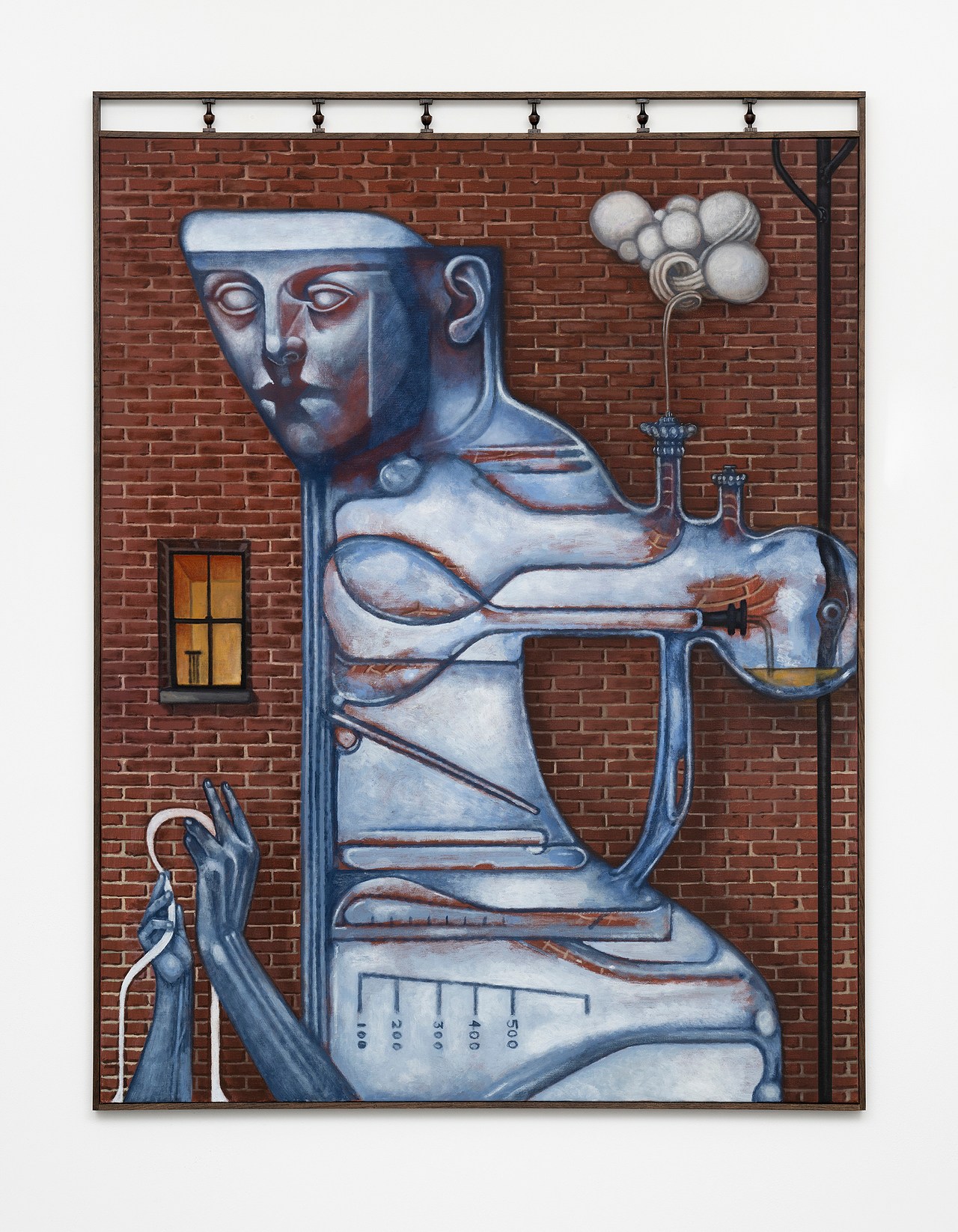You’ve likely heard of the literary genres autobiography and the semi-autobiographical novel, in which an author either recites their life story or inserts parts of themselves and their life into a work of fiction. In film, an increasingly popular genre is the biopic, a big-screen account of a public figure’s life. Also popular are the “based on a true story” films, which range from any number of genres. But while such a genre does exist in fiction, called biofiction, the moral and artistic ethics surrounding its execution are often called into question.
What is biofiction, exactly? Well, it’s shortened from biographical fiction, which, in short, means works of fiction that draw from biographical fact. This concept can work wonderfully in film, in which Hollywood can get away with taking any number of creative liberties in relaying the real-life story of a celebrity—or anyone with a story that will sell, really. But in order to make that very story sell, the writers and producers of a movie will often need to bend the truth to fit a certain artistic vision. Of course, skewing history can be messy, no matter what medium you’re dealing with. But when it comes to literary fiction, readers and critics can often hold authors to a higher standard than filmmakers, in my opinion.
It’s just as easy to write a novel about a celebrity as it is to make a film about them, in the sense that there are always going to be public figures who will resonate in the public eye and culture. Take Marilyn Monroe, for example, whose life has been so intricately picked apart by biographers to the present day that it almost feels disrespectful to keep on digging up a woman who deserves nothing more than peace.
Writing a work of non-fiction about Monroe is one thing. But when Joyce Carol Oates wrote and published Blonde in 2000, her novel of biographical fiction in which she took it upon herself to imagine Monroe’s life and innermost thoughts, it felt like crossing a line. Especially when the novel was adapted into a feature film by Netflix over two decades later. It was the first film on the streaming service to receive an NC-17 rating. Why? Because of a particular scene in the film drawn from the novel, in which Monroe is brutally raped. While no one can say definitely that the star was never sexually violated in her lifetime, the fictionalization of such an event reads as violating in a different sense.
“Admiring Marilyn feels less trivial than the adulation of any ordinary pin-up because the love – or the lust – is mixed with pity. And the moral high ground of compassion makes us feel special, more sensitive, nicer,” wrote Cressida Connolly in her review of Blonde for The Guardian in April 2000. “It also bestows a license to snoop, allowing us to inquire into the most private reaches of her life without charges of prurience.” She referred to the novel as a “shabby piece of work” and remarked that its problems stem from the form of the book. “Fictionalizing a life is a dodgy business, because the only thing which separates it from biography is conjecture, and, by extension, untruth. When the facts of the subject’s life are as copiously recorded as Marilyn’s, only the wildest invention can heave such an enterprise into fiction.”










